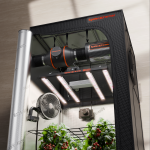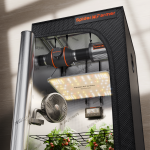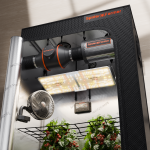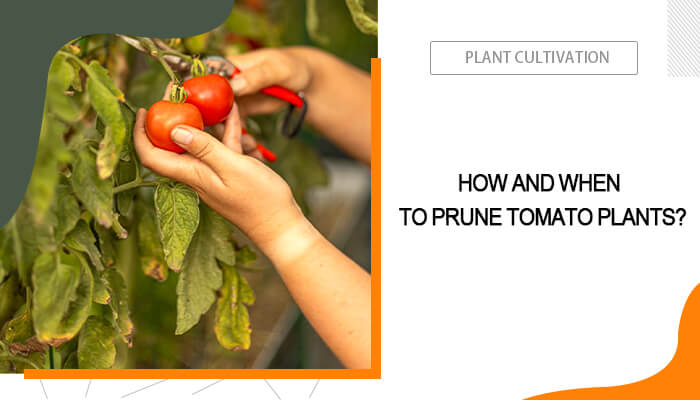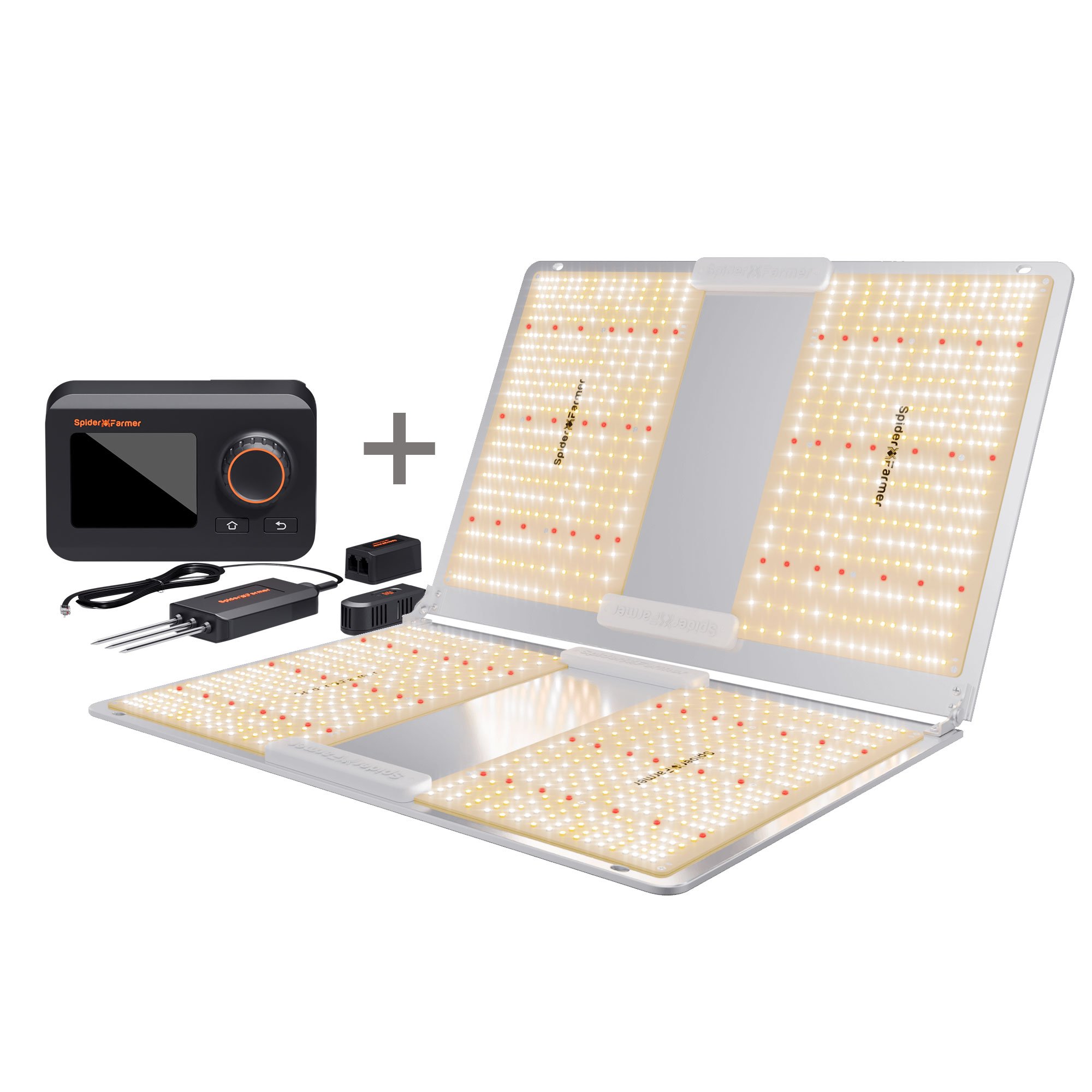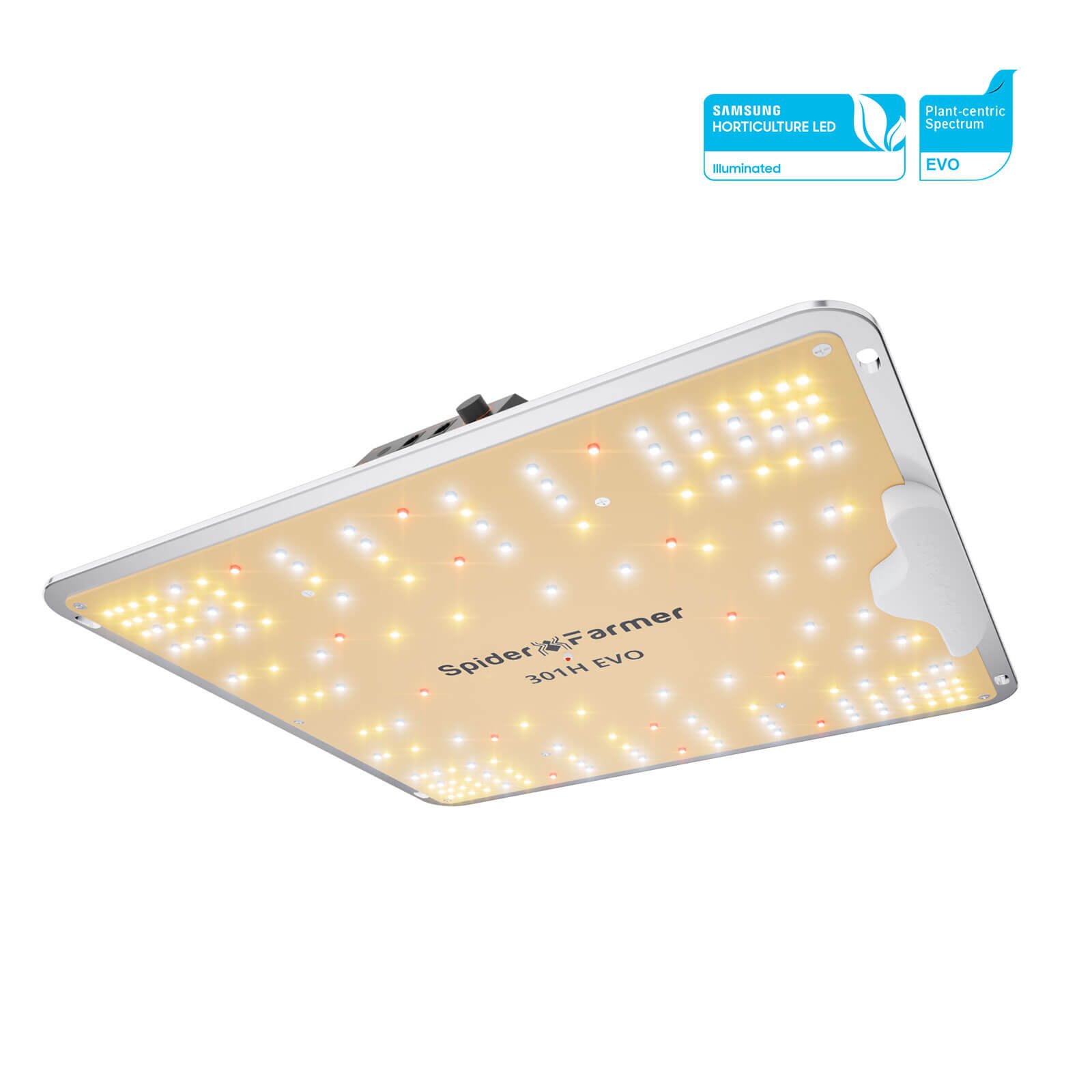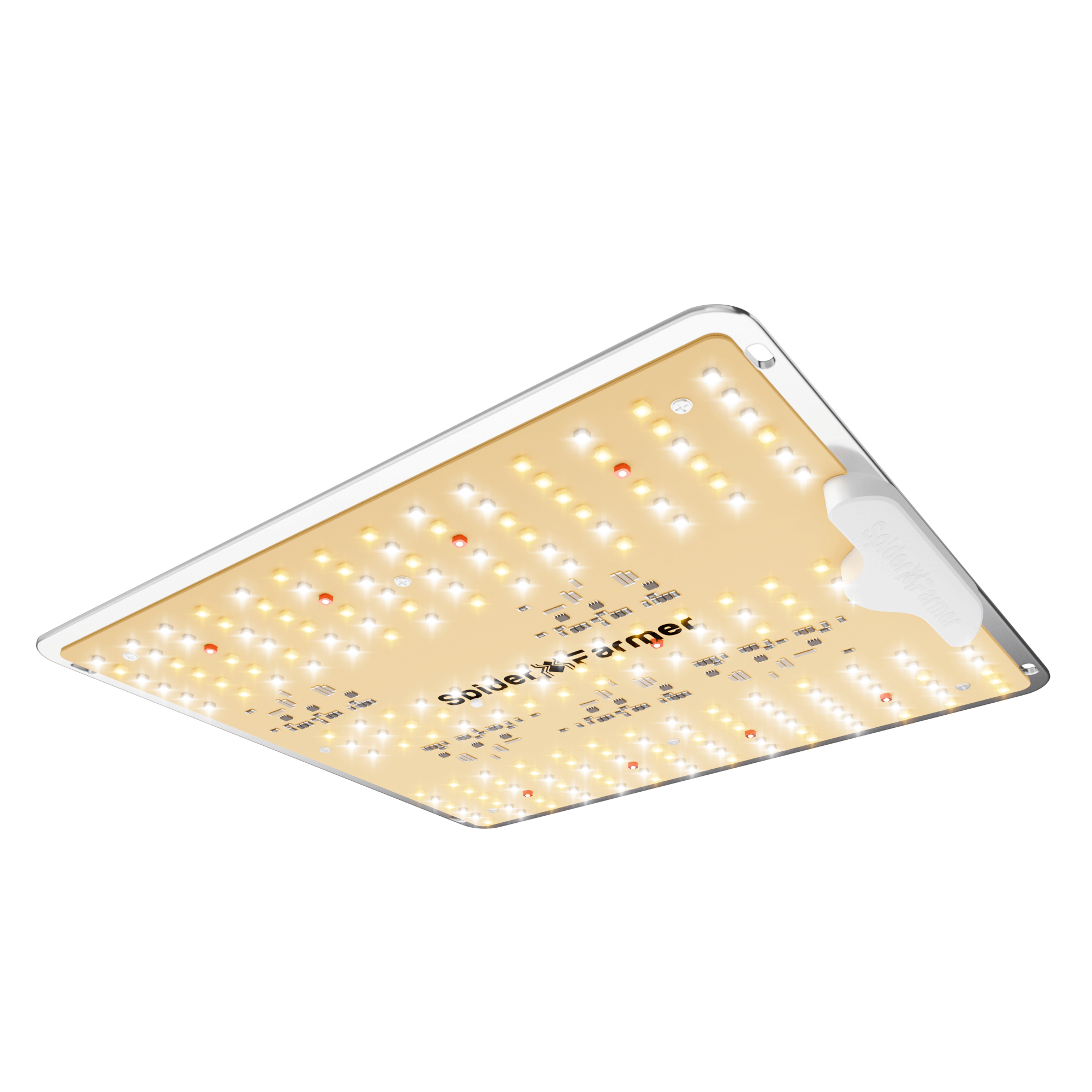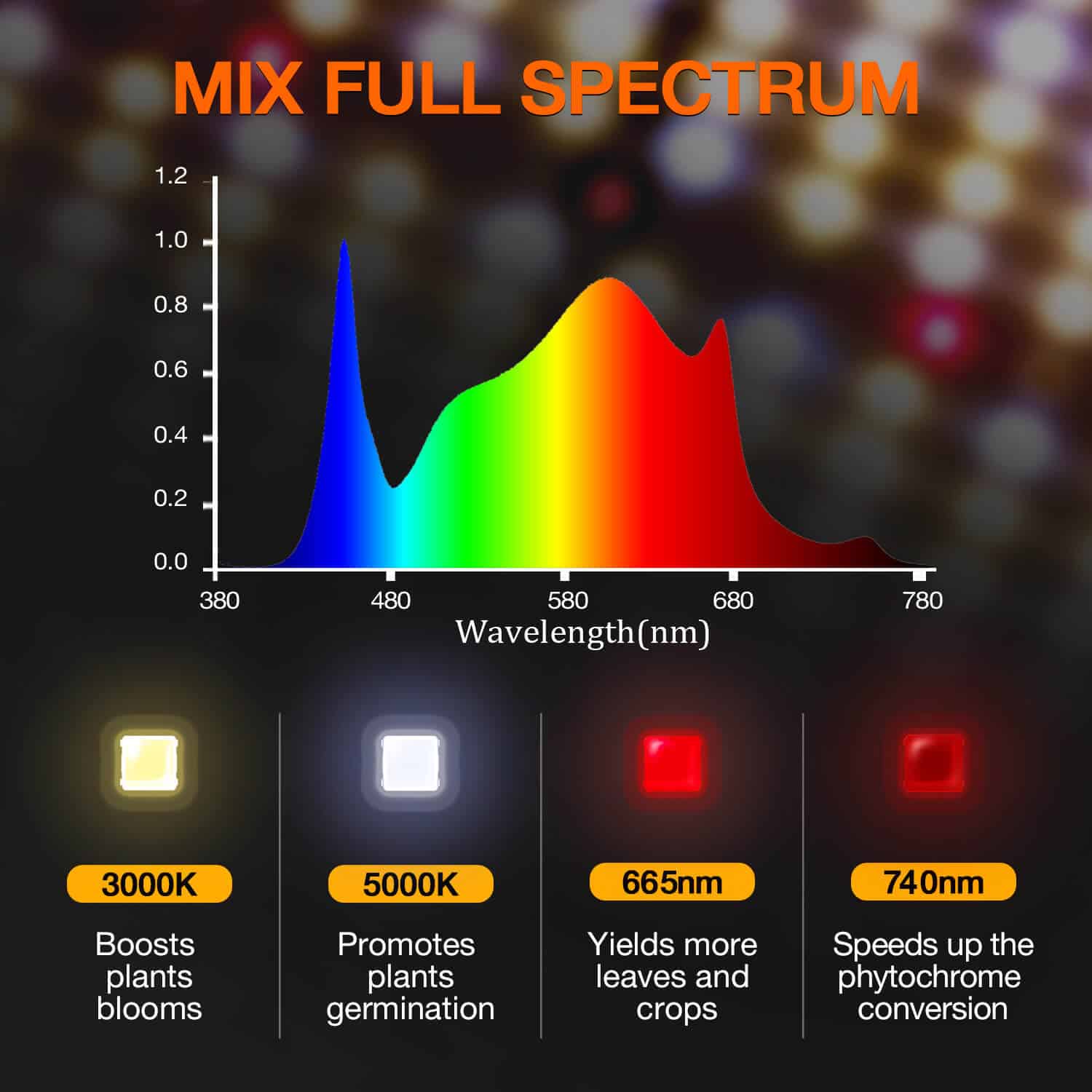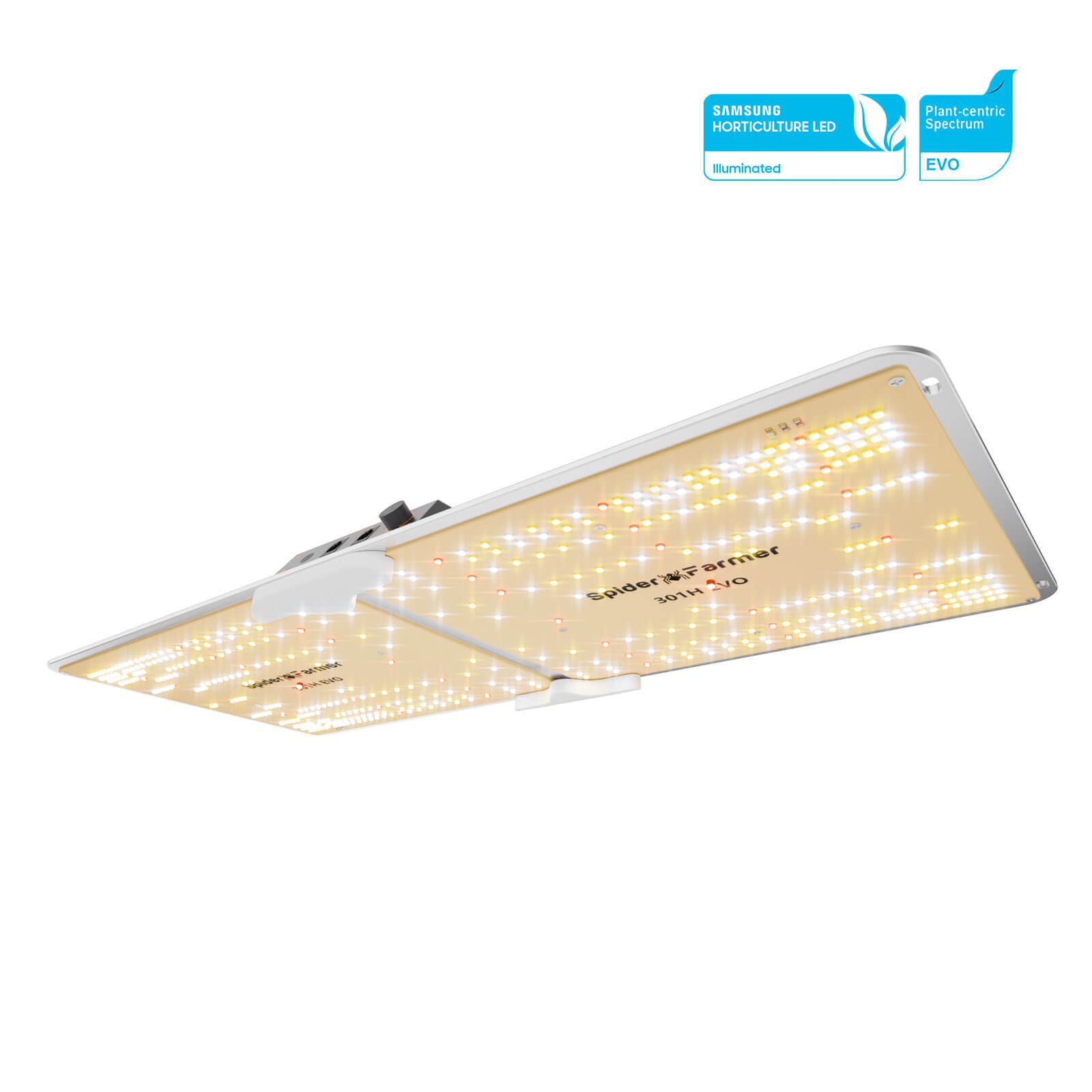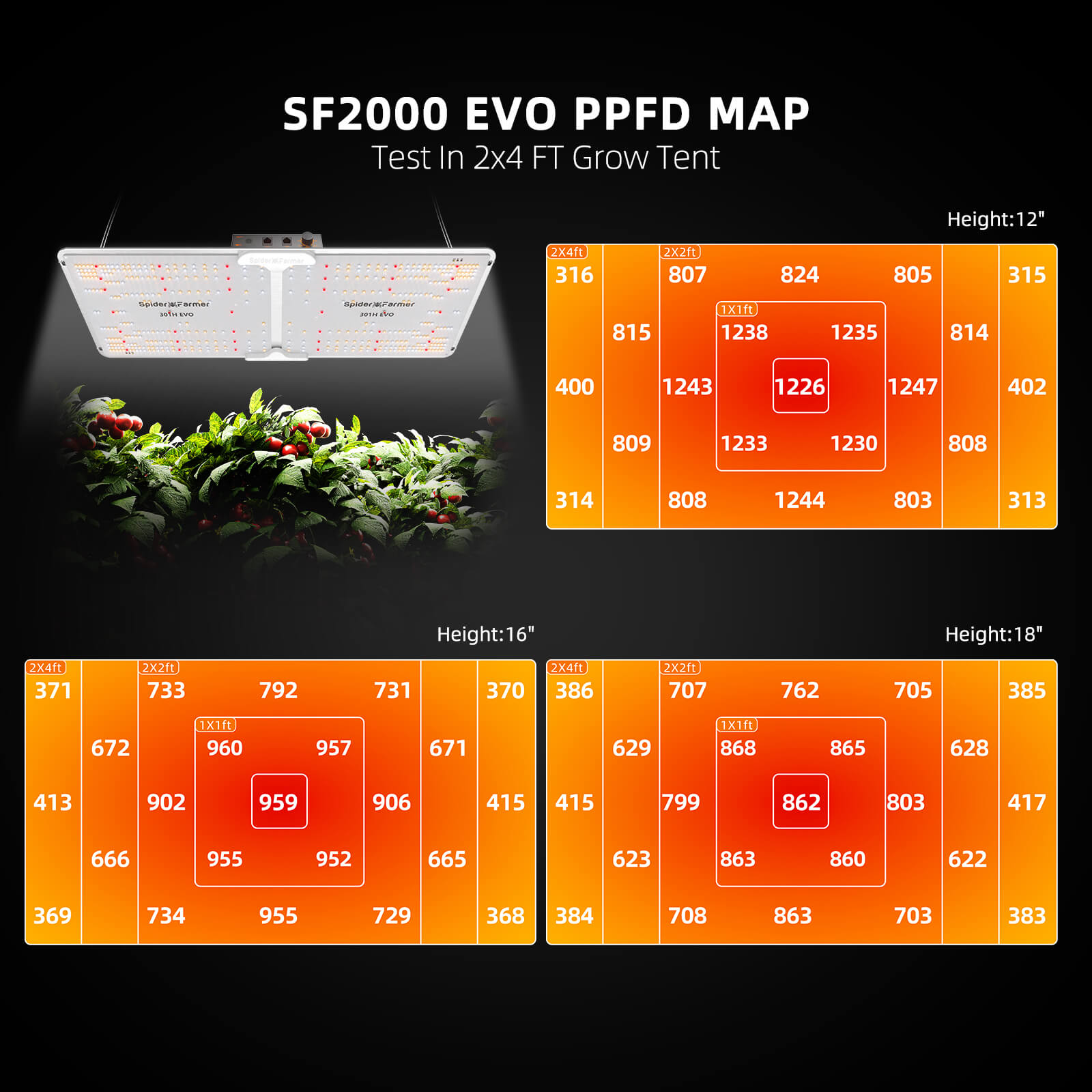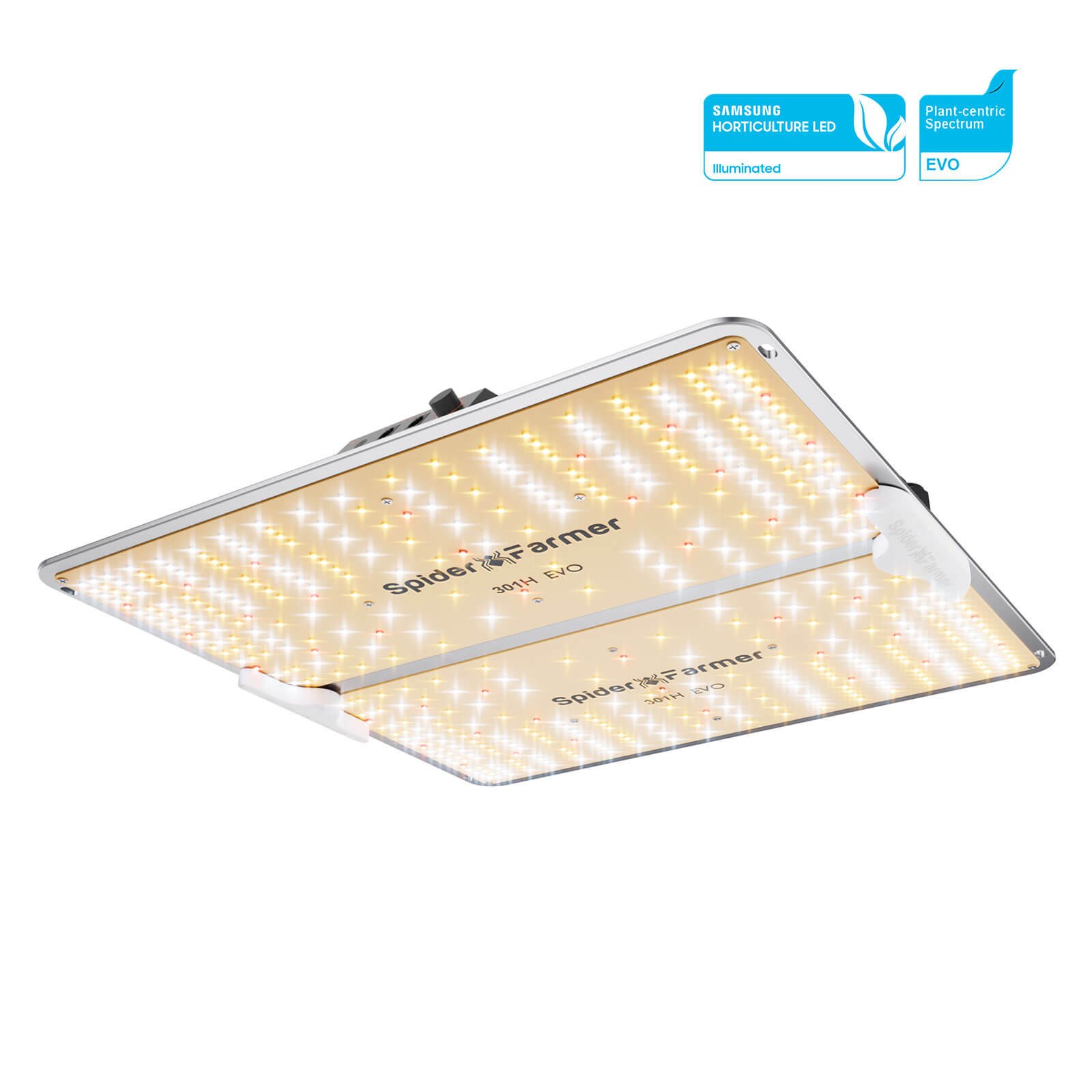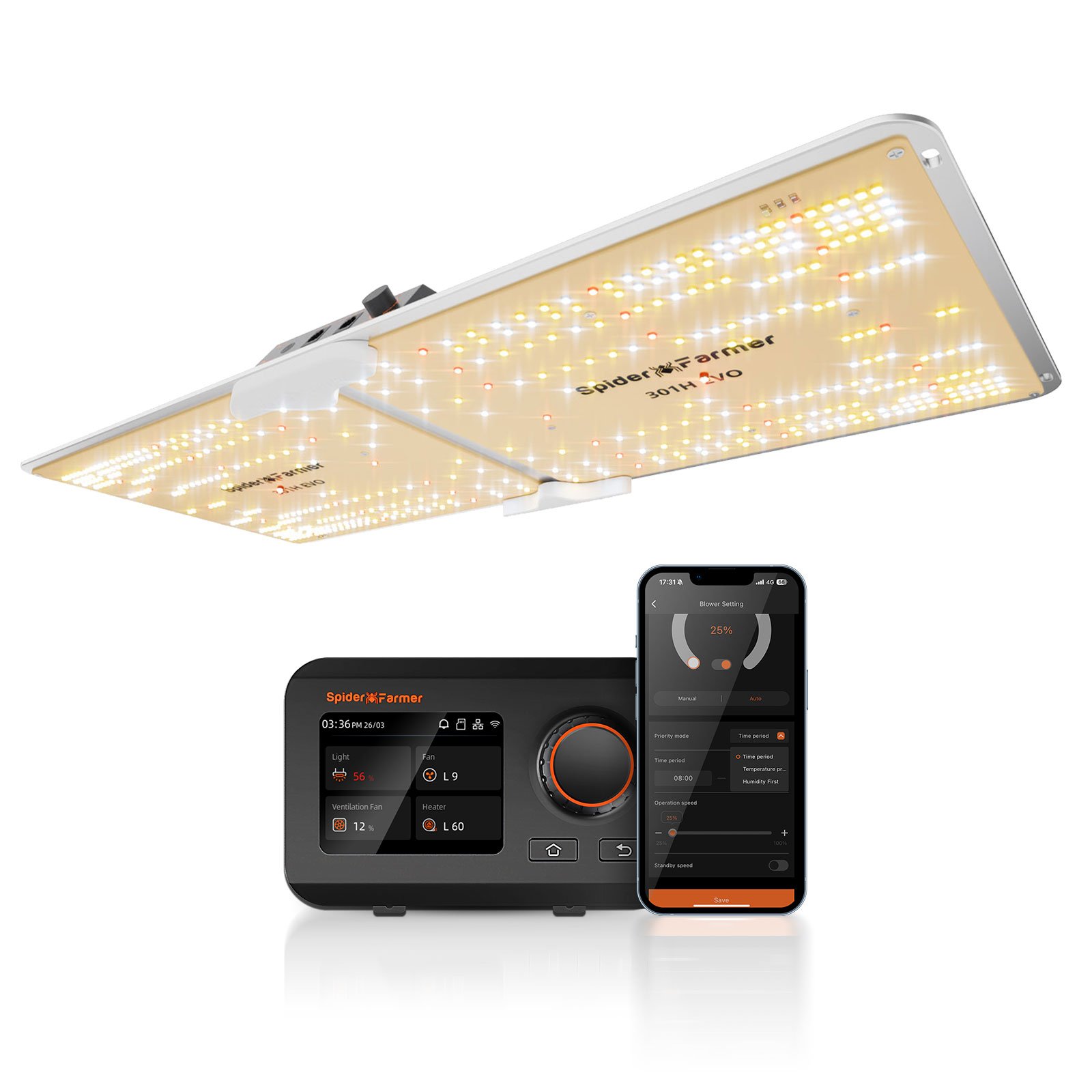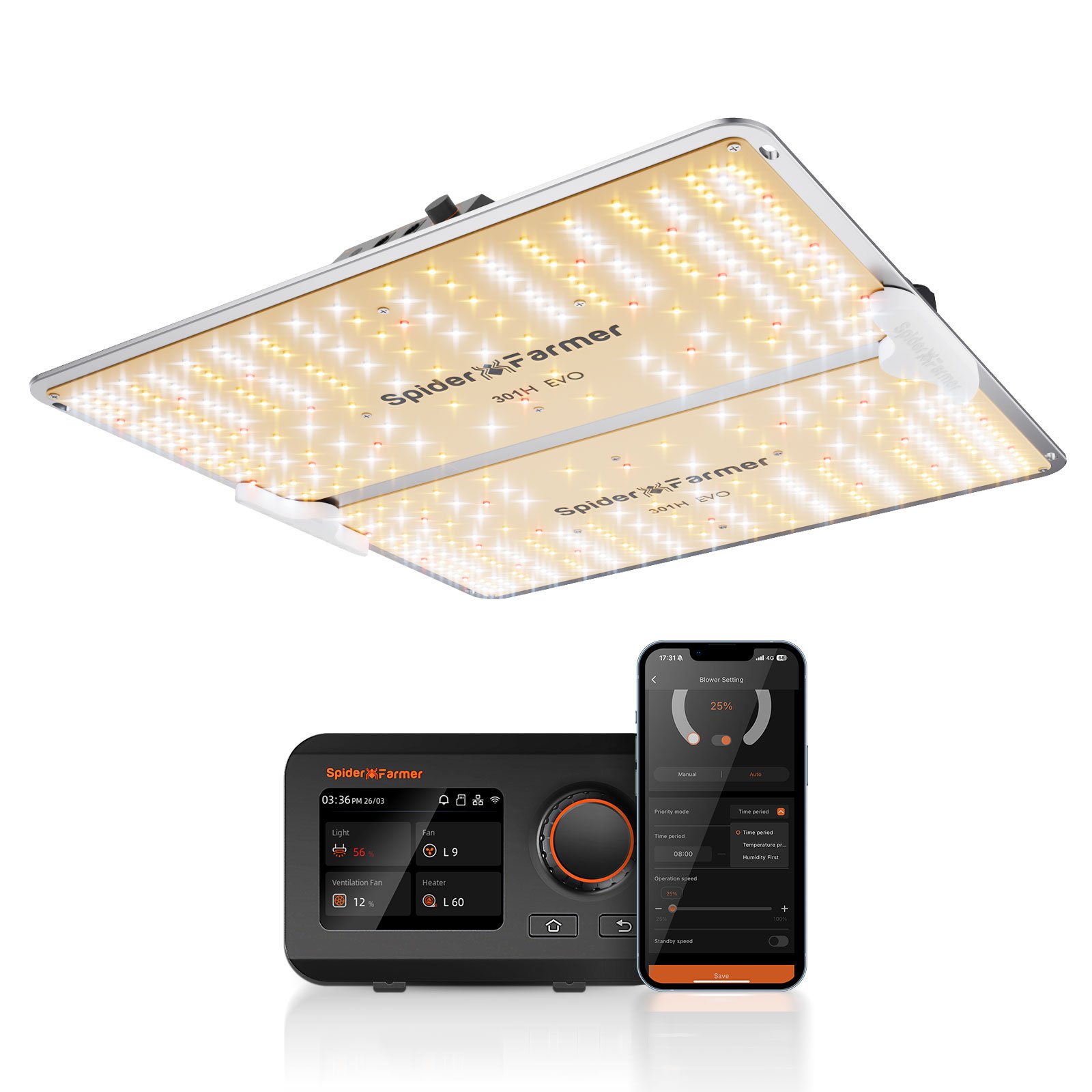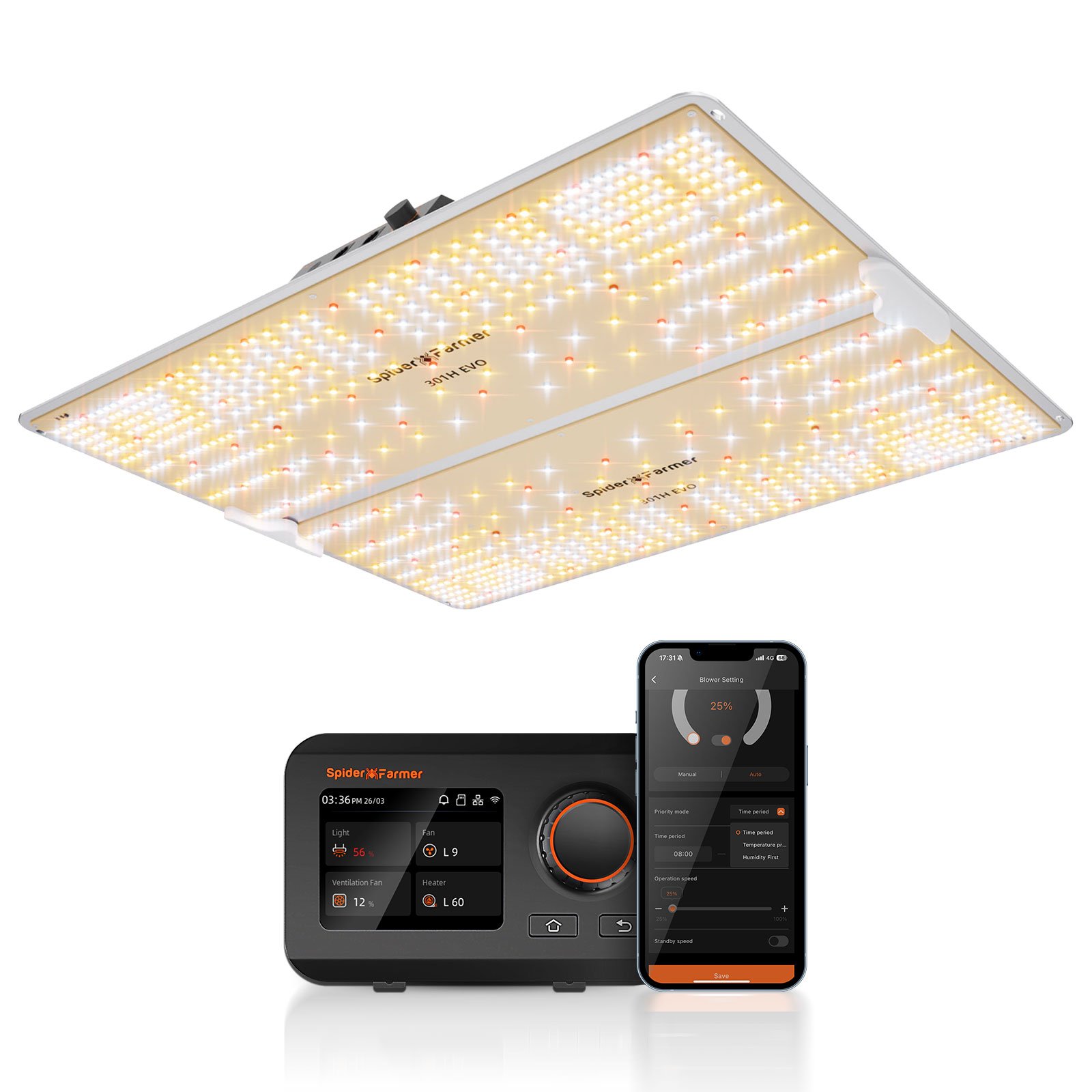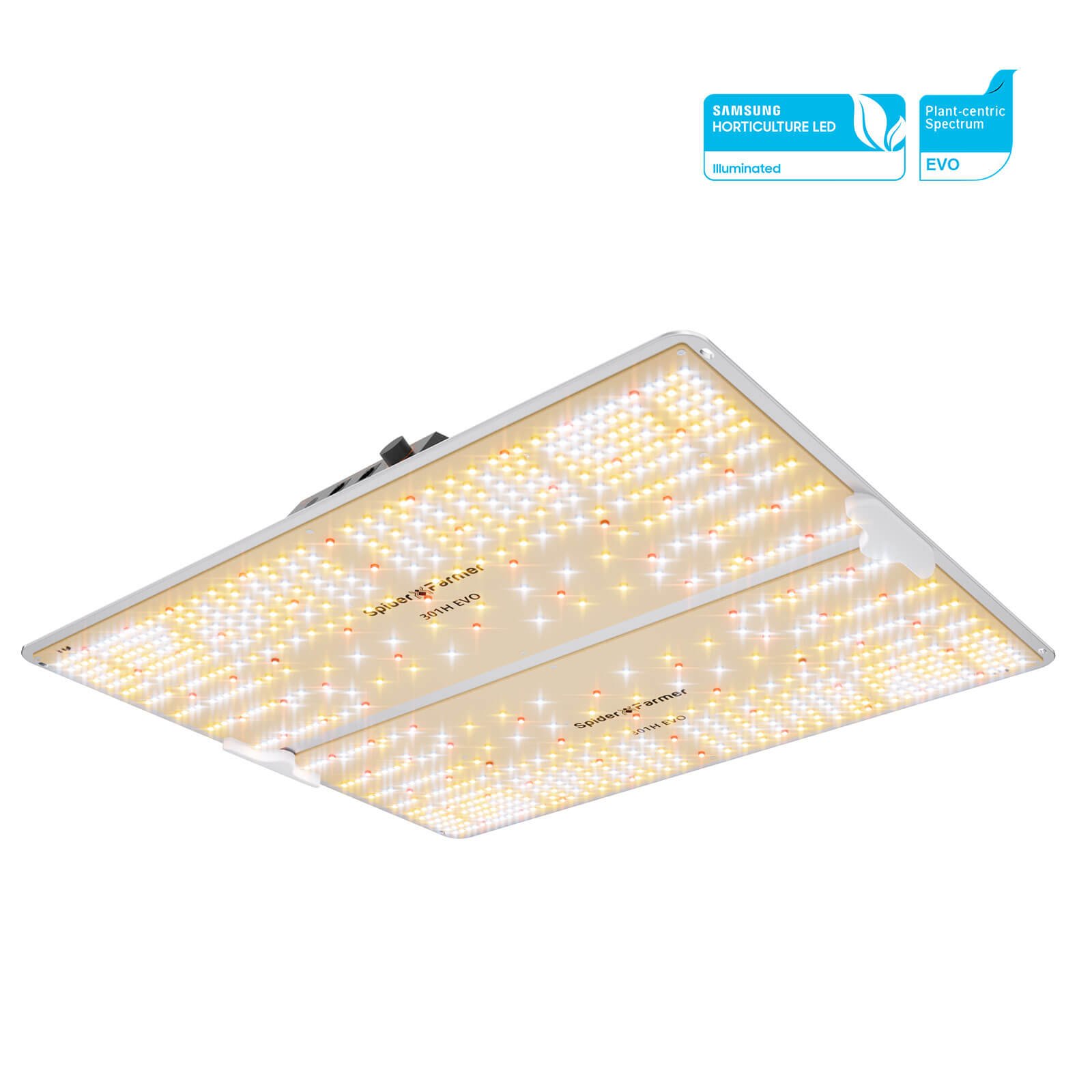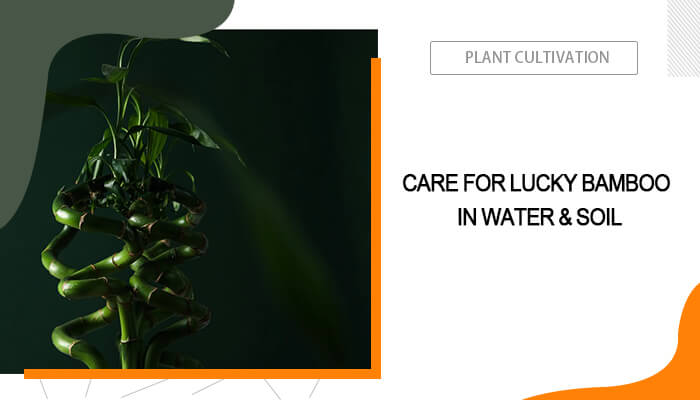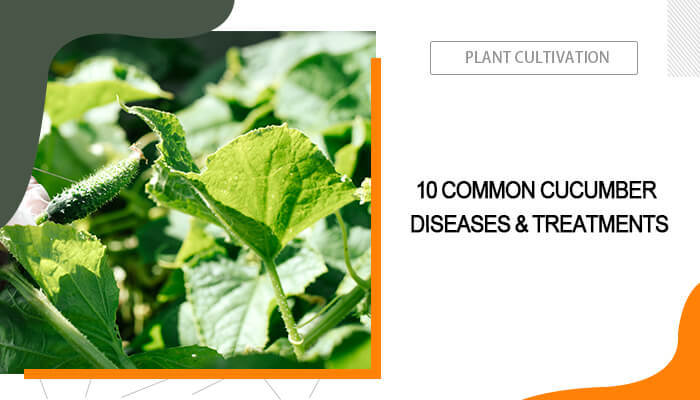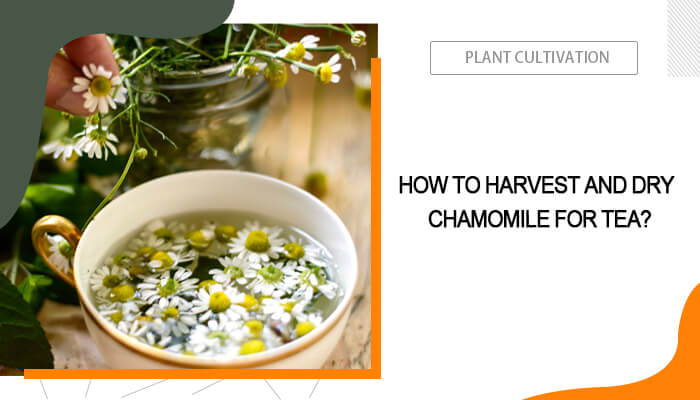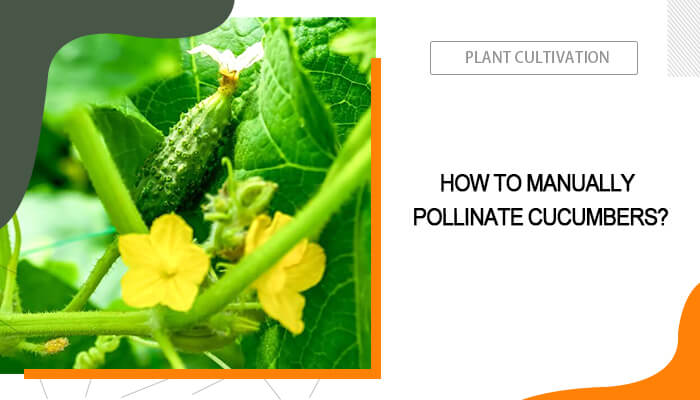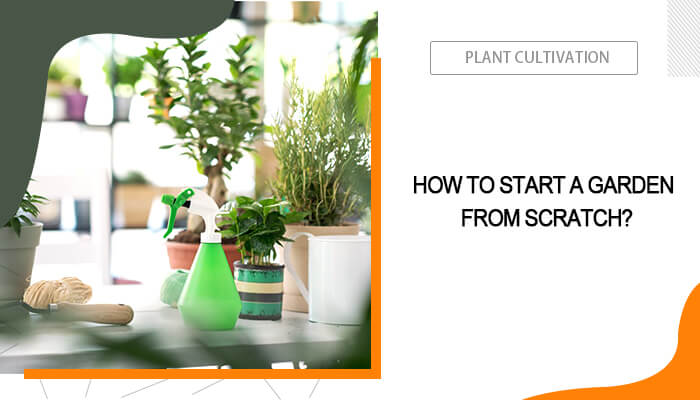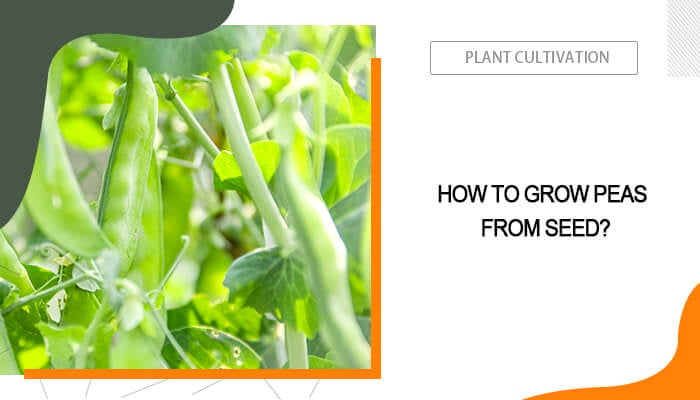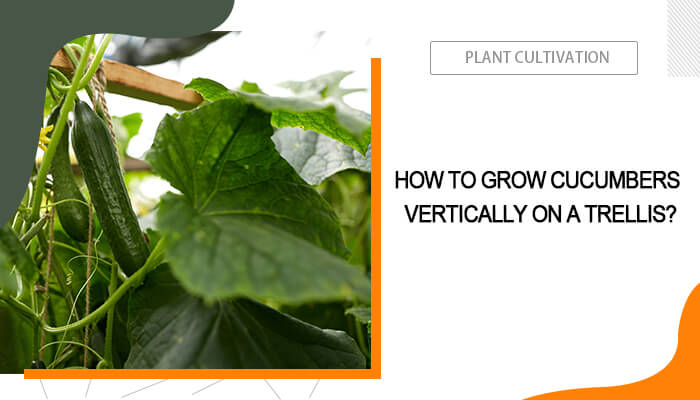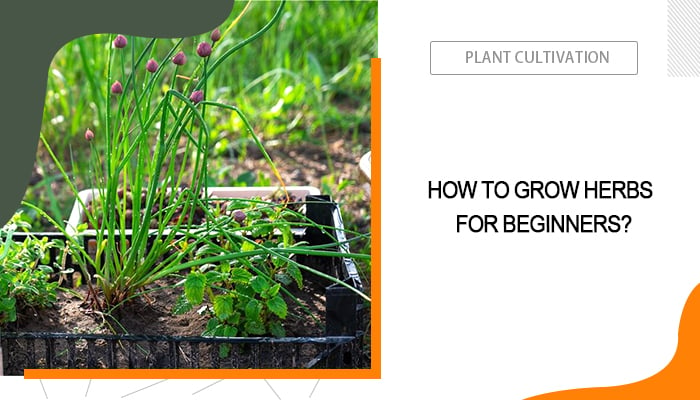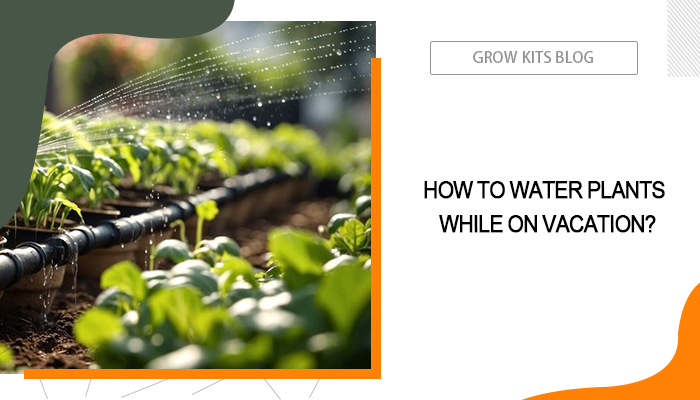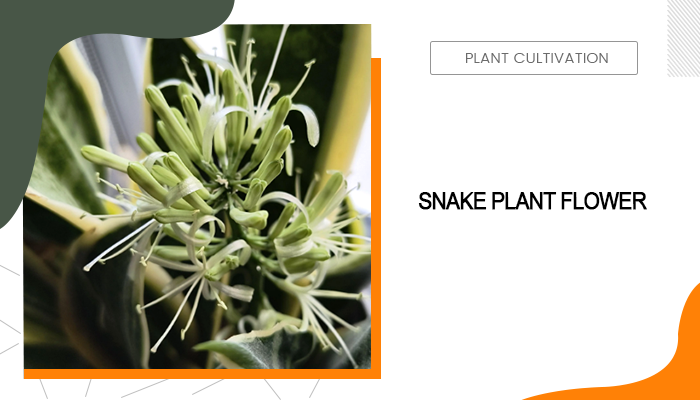Pruning tomato plants is a crucial practice that can significantly enhance their health, productivity, and overall yield. Whether you're a seasoned gardener or a novice, understanding the right techniques and timing for pruning can make a world of difference in your tomato harvest.
Proper pruning helps direct the plant's energy towards fruit production rather than excessive foliage growth, improves air circulation to prevent diseases, and ensures that sunlight reaches all parts of the plant. However, it's important to know which tomato varieties benefit most from pruning and when to perform this task to avoid stressing the plant.
In this guide, we'll explore the step-by-step process of pruning tomato plants, the best times to do it, and some common mistakes to avoid, ensuring that your tomato plants thrive and produce an abundant harvest.
Table of Contents
When to Prune a Tomato Plant?
The best time to prune your tomato plants is when they are about 1 to 2 feet tall and have started to show their first flower buds, which usually happens in late June or early July, depending on your growing zone. You should start by removing any suckers, which are the small shoots that grow in the V-shaped space between the main stem and branches. These can be pinched off by hand if they are small or cut with clean, sharp pruning shears if they are larger. Additionally, trim any leaves that are touching the ground or appear diseased to improve air circulation and prevent the spread of disease.
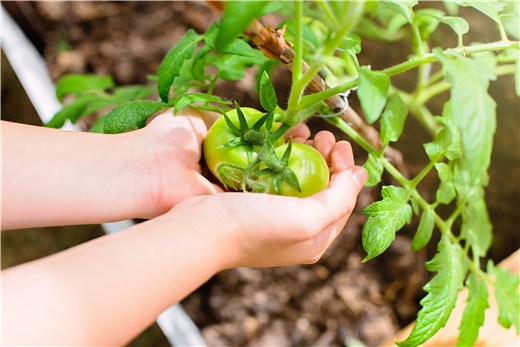
When to Prune a Tomato Plant?
For indeterminate tomato plants, continue to prune every 10 to 14 days throughout the growing season to remove new suckers and maintain good airflow. It’s also recommended to "top" your plants, or remove the growing tips, about four weeks before the expected first frost date to encourage the plant to focus on ripening existing fruit rather than producing new growth. Always prune in the early morning when the plants are dry to minimize the risk of disease spread.
What Tomatoes Should Not Be Pruned?
Certain types of tomato plants should not be pruned or should only be pruned minimally. Especially, determinate tomatoes should not be pruned heavily. These plants grow to a set height, typically between 3-5 feet tall, and produce all their fruit in a single harvest. Pruning determinate tomatoes can reduce your potential harvest because you may remove limbs that would have produced flowers and eventually fruit.
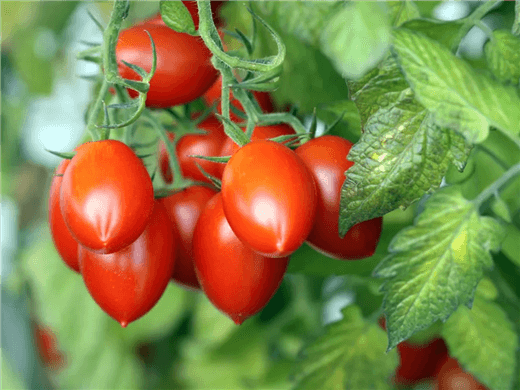
Roma Tomatoes
Examples of determinate tomatoes include Roma, Rutgers, Early Girl, Patio, Zebra Cherry, Celebrity, San Marzano Nano, Amish Paste, Marglobe, Amelia, Better Bush, Heinz Classic, and Mountain Pride. For these varieties, it's best to only remove any suckers that form below the first flower cluster, and to trim off any low, yellowing, or diseased leaves.
Which Parts of a Tomato Plant Should I Remove?
When pruning a tomato plant, you should remove the following parts to ensure optimal growth and fruit production:
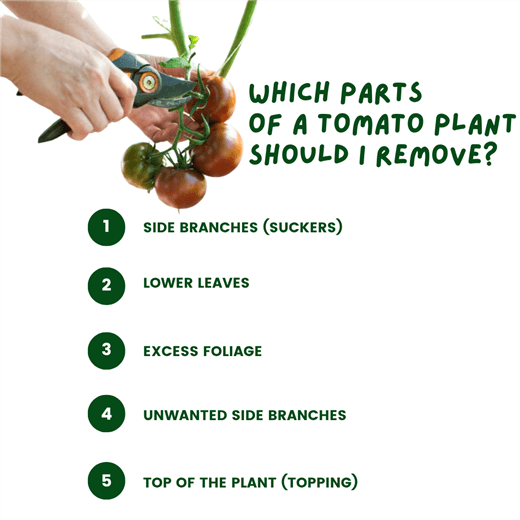
Which Parts of a Tomato Plant Should I Remove?
- Side Branches (Suckers): These are the small shoots that grow in the V-shaped space between the main stem and branches. Removing them helps the plant focus its energy on producing fruit rather than growing excess foliage. For indeterminate varieties, it's best to remove suckers when they are small, around 1-2 cm in length.
- Lower Leaves: As the plant grows, remove any yellowing or diseased leaves from the bottom of the plant. This improves air circulation and reduces the risk of disease. It also allows more sunlight to reach the soil, which can help with fruit ripening.
- Excess Foliage: If the plant becomes too dense, you may need to remove some of the upper leaves to improve air circulation and supplement light. This can help prevent fungal diseases and ensure even fruit development.
- Unwanted Side Branches: Depending on the pruning method you choose, you may need to remove additional side branches. For example, in the single-stem method, you would remove all side branches except for the main stem.
- Top of the Plant (Topping): Once the plant has reached the desired height or number of fruit clusters, you can remove the top of the plant. This encourages the plant to focus its energy on ripening the existing fruit rather than producing new tomato plant growth.
2025 Spider Farmer® SF7000 650W LED Grow Light – June Special: Free GGS Smart Control Kit with Pre-Order
2025 Newest Version Spider Farmer® SF1000 100W Samsung LM301H EVO LED Grow Light For 2×2’/3×3′
2025 Newest Version Spider Farmer® SF1000D 100W Full Spectrum LED Grow Light Samsung Diodes For 2×2′
2025 Newest Version Spider Farmer® SF2000 200W Samsung LM301H EVO LED Grow Light For 4×2’/5×3′
2025 Newest Version Spider Farmer® SF2000Pro 200W Samsung LM301H EVO LED Grow Light
Buy the SF2000Pro + GGS Controller Kit ($209.99)— for just $30 more, you’ll get the GGS controller, sensors, and other add-ons.
Enjoy remote control, sunrise/sunset simulation, and overheat protection for your lights, helping you maximize yields. The SF2000 Pro is a premium LED grow light that is specifically engineered for square planting spaces. In contrast, the SF2000 is optimized for rectangular planting spaces.
2025 SF2000 LED Grow Light & GGS Smart Controller Bundle – | 200W Samsung LM301H EVO | 4’×2’/5’×3′ Coverage
- 1x SF2000 EVO LED Grow Light (with dimmer box)
- 1x Power Cord
- 2x Hanging Kits
- 2x Rope Ratchets
- 1 x GGS controller (with power supply and a wall-mountable metal rail)
- 1 x GGS temperature and humidity sensor
- 1 x GGS 2-in-1 adapter (for connecting the lights to the controller)
- 2 x RJ12 telephone line splitters (for expanding connections)
- 2.5m RJ12 cables 6pcs (for connecting devices)
- 0.25m RJ12 cable 1pc (for connecting between telephone line splitters)
- 4 x hook and loop straps (for organizing cables)
2025 SF2000pro LED Grow Light & GGS Smart Controller Bundle – | 200W Samsung LM301H EVO | 3×3′ Coverage
- 1x SF2000pro EVO LED Grow Light (with dimmer box)
- 1x Power Cord
- 2x Hanging Kits
- 2x Rope Ratchets
- 1 x GGS controller (with power supply and a wall-mountable metal rail)
- 1 x GGS temperature and humidity sensor
- 1 x GGS 2-in-1 adapter (for connecting the lights to the controller)
- 2 x RJ12 telephone line splitters (for expanding connections)
- 2.5m RJ12 cables 6pcs (for connecting devices)
- 0.25m RJ12 cable 1pc (for connecting between telephone line splitters)
- 4 x hook and loop straps (for organizing cables)
2025 SF4000 LED Grow Light & GGS Smart Controller Bundle – | 450W Samsung LM301H EVO | 4×4’/5×5′ Coverage
- 1x SF4000 LED Grow Light (with dimmer box)
- 1x Power Cord
- 4x YOYO Hanger Hook
- 1x Daisy Chain (RJ11)
- 1 x GGS controller (with power supply and a wall-mountable metal rail)
- 1 x GGS temperature and humidity sensor
- 1 x GGS 2-in-1 adapter (for connecting the lights to the controller)
- 2 x RJ12 telephone line splitters (for expanding connections)
- 2.5m RJ12 cables 6pcs (for connecting devices)
- 0.25m RJ12 cable 1pc (for connecting between telephone line splitters)
- 4 x hook and loop straps (for organizing cables)
2025 Spider Farmer® SF4000 450W Samsung LM301H EVO LED Grow Light For 4×4’/5×5′
Enjoy remote control, sunrise/sunset simulation, and overheat protection for your lights, helping you maximize yields. <<SF4000 Complete Grow Kits--Check More
How to Prune Tomato Seedlings?
It’s essential to prune seedlings if you want to promote healthy, robust growth and maximize fruit production. By removing excess foliage and suckers, you allow the plant to focus its energy on developing a strong main stem and producing larger, higher-quality fruit. Pruning also improves air circulation and light penetration, which helps prevent fungal diseases and ensures even ripening of the fruit.
Additionally, it helps manage the plant's size, making it easier to support with stakes or cages and reducing the risk of overcrowding in the garden. Proper pruning techniques, such as removing suckers and lower leaves, ensure that the plant remains healthy and productive throughout the growing season.

How to Prune Tomato Seedlings?
- Start to trim tomato seedlings when your tomato seedlings are about 12-18 inches tall and have developed their first set of true leaves. This is typically around 3 weeks after transplanting.
- Use sharp, clean pruning shears to prevent the spread of diseases. Sanitize your tools with rubbing alcohol or a disinfectant spray before you start.
- Suckers are small shoots that grow in the V-shaped space between the main stem and branches. Pinch off suckers that are less than 2 inches long with your fingers, or use pruners for larger ones. This helps the plant focus its energy on fruit production.
- Remove any yellowing or damaged leaves, especially those touching the soil. This improves airflow and reduces the risk of disease.
- If the plant is too dense, remove some of the larger leaves to allow more sunlight to reach the developing fruit.
- Regularly check your tomato plants and remove any new suckers or diseased leaves as they appear.
How to Prune Tomato Plants?
Also, it’s straightforward to prune tomato plants.
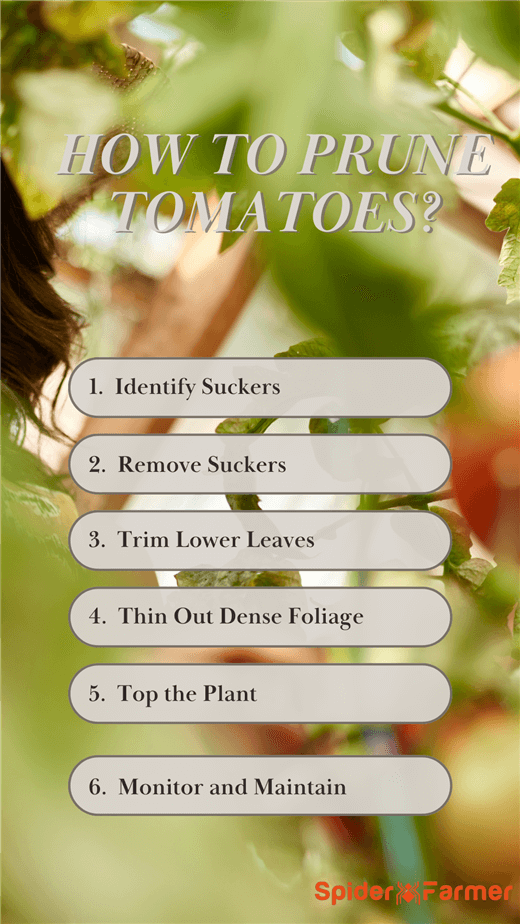
How to Prune Tomato Plants?
- Look for small shoots growing in the V-shaped space between the main stem and branches. These are called suckers.
- Pinch off or cut these suckers when they are small (about 1-2 inches long) to prevent them from diverting energy from fruit production.
- Remove any yellowing or diseased leaves, especially those touching the ground, to improve air circulation and reduce the risk of disease.
- If the plant is overly dense, remove some of the larger leaves to allow more sunlight to reach the developing fruit.
- Once the plant has reached the desired height or has a sufficient number of fruit clusters, remove the top of the plant to encourage it to focus on ripening existing fruit.
- Monitor and Maintain: Regularly check your tomato plants and continue to remove any new suckers or diseased leaves as they appear.
Tomato Pruning Mistakes You Might Make
When it comes to pruning tomato plants, you should also be aware of the possible mistakes you might make.
Not Pruning Indeterminate Tomatoes
Indeterminate tomatoes, also known as vining tomatoes, can grow very large and produce a lot of foliage if not pruned. This can lead to a plant that is difficult to support and more prone to insect problems and diseases.
Pruning When Plants Are Wet
Pruning wet plants can spread diseases from leaf to leaf or plant to plant. It’s best to prune on a dry day in the morning or late afternoon.
Not Staying on Top of Pruning
Regular pruning helps keep the plant healthy and productive. Neglecting pruning for a few weeks can lead to overgrown suckers and a tangled plant that is difficult to manage.
Neglecting the End of Growing Season Pruning
About a month before the first expected frost, it’s a good idea to top the plants by removing all the growing tips. This directs the plant’s energy into ripening the existing fruit.
Not Cleaning Pruning Tools Between Plants
Using dirty pruning tools can spread diseases between plants. Clean your tools with rubbing alcohol or a disinfectant solution between each plant.
Over-Pruning and Exposing Fruits to Sunscald
Removing too many leaves can expose developing fruits to direct sunlight, leading to sunscald. Be mindful not to remove all the leaves that shade the fruits.
Pruning Determinate Tomatoes
Determinate tomatoes, which grow to a set height and produce fruit all at once, generally do not need pruning. Pruning these types of tomatoes can reduce your harvest.
Cutting Too Much Stem at Once
Removing too much stem at one time can shock the plant. Prune in stages, removing only what’s necessary to promote healthy growth.
Not Removing Lower Leaves
Removing the lowest leaves on your tomato plants can help prevent the spread of fungal diseases. Also, remove any yellowing or unhealthy leaves from the plant at any location during pruning.
Letting Suckers Grow Before Pruning
Suckers are the small shoots that grow in the V-shaped space between the main stem and branches. If left unpruned, they can grow into full-sized stems and take energy away from fruit production.
Conclusion
In conclusion, pruning tomato plants is a valuable technique that can greatly enhance their health, productivity, and overall yield. By removing suckers, thinning out dense foliage, and managing the plant's growth, you can direct the plant's energy towards producing larger and more abundant fruit.
Also, it's important to understand the specific needs of your tomato variety—indeterminate tomatoes benefit most from regular pruning, while determinate tomatoes require minimal intervention. Timing is also crucial; start pruning when the plant is about 12-18 inches tall and continue to monitor and adjust as needed throughout the growing season.
Finally, avoid common mistakes like over-pruning or pruning when the plant is wet, which can lead to disease. With the right approach and consistent care, your tomato plants will not only produce a bountiful harvest but also remain healthy and robust. Happy gardening!

